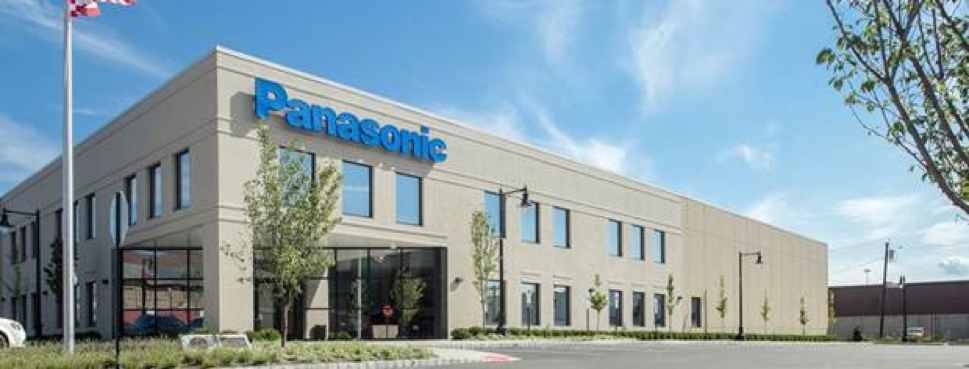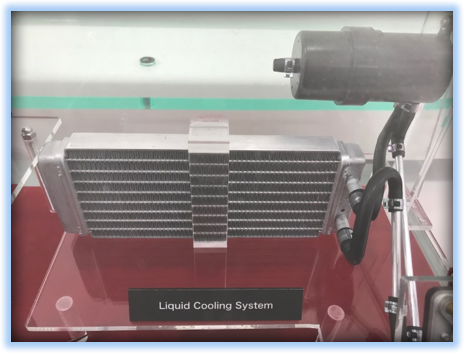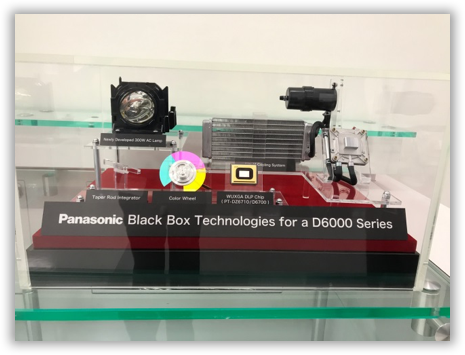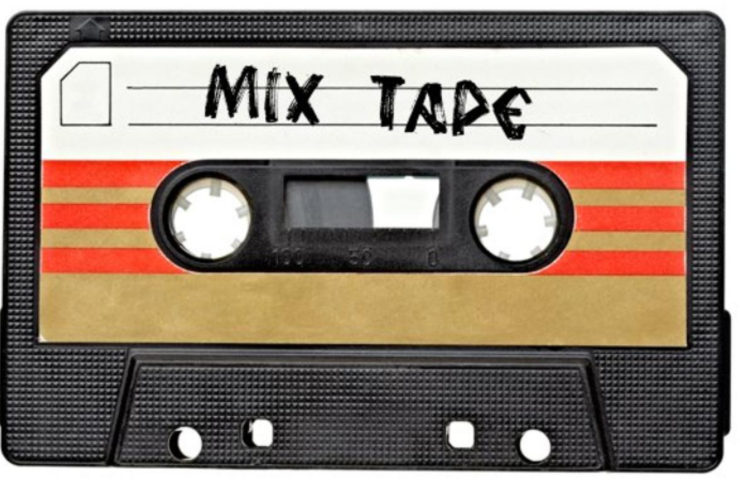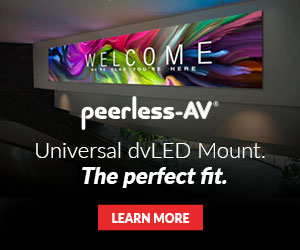Now Hear This—Your Ultimate Audio Source is Here.
Everyone has a story, and when you’ve been around professional audio as long as I have, you’ve heard them all … from headphone distribution system failures just as the clock starts with a room full of studio musicians to a client who thought that the female end of an XLR connector was the microphone. That’s right, I actually had that conversation years ago with a wannabe news stringer who was putting together their first ENG rig.

The point is, audio applications are varied, wide and deep. Some audio professionals spend their whole careers working with 70-volt installed sound and understand the challenges involved, whereas someone doing live sound or coming from a studio background may not have the knowledge and skill set to successfully design, build and install a system (and vice versa). Whatever your area of expertise, it’s critical to partner with a distributor who has the experience to deliver exactly what you need to get the job done.

A trusted resource has gotten even better.
A good mechanic has the correct tools for the job, and it’s the same with the audio professional. Audio design involves many choices, and we know that many times these choices boil down to the preference of the designer or engineer. That’s why Almo is expanding YOUR audio options through our new dedicated audio sourcing and technical support group, Sound Options.

Pack your toolkit with all of the brands you want.
Through Sound Options, we’re partnering with audio vendors to provide the tools you need to complete your project, your way. You’ll also receive the legendary sales assistance and technical support that’s helped make Almo the premier provider of exceptional audio solutions.

Ashly Audio–amplifiers, mic/line mixers, DSP processors

Beyerdynamic–microphones for any application

Phoenix Technologies–Stringray 4 channel auto-mixer
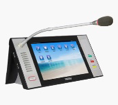
Taiden–wired and infrared wireless microphone conferencing and simultaneous interpretation

